Finished gypsum tiles
This is one of the easiest and most successful ways decorate the wall: The tiles are sold in boxes and are easy to calculate. It is lightweight and requires a minimum of effort in cladding. Differs in a variety of colors, can imitate aged masonry.
Gypsum "bricks" are attached with special glue. Make the lining as carefully as possible so that the adhesive is not visible in the seams. The finished wall can be painted to even out the color, or varnished.
Another the advantage of facing tiles - its environmental friendliness, since gypsum is a natural material. The wall will serve for several years and will become additional sound insulation.
Wallpaper
The method is suitable for those who want to imitate a brick wall quickly, but do not pay attention to the volume of the texture. For maximum realism, choose vinyl or non-woven canvases: all cracks and folds are visible on them, and the "brick" itself is slightly convex. Paper wallpaper have a less clear pattern and not so long service life, but are cheaper.
Another option is high-quality wallpaper, but their price is equal to the cost of gypsum tiles.
PVC panels
Designed for decorative hallway finishes, kitchen, bathroom or balcony. Polyvinyl chloride, from which the panels are made, is not afraid of water, and the minimum thickness of the product gives it elasticity. Someone will consider this a minus, but someone will turn it into a dignity by arranging semicircular or uneven surfaces and easily cutting off the required amount of material with scissors.
For installation, use glue or liquid nails. Some products already contain an adhesive layer. The main disadvantages of the panels are the repetitiveness of the pattern, as well as the seams and artificiality of the material, visible to the eye.
MDF panels
This material is more environmentally friendly and durable. It is a semi-solid sheet with a size of about 2.5x1.20 m. The embossing is shallow, but, unlike plastic, looks more convincing... The panel is fixed with liquid nails and joins the next one to form a continuous masonry.
High quality digital print design can be cleaned well. Not suitable for imperfectly aligned walls, but it successfully hides minor defects.
Drywall
A method for lovers of flat brickwork and handicrafts. In addition to plasterboard, you will need a clerical knife and a ruler, and putty to give the material texture.
First, a sheet of drywall is lined into even strips 65 mm wide, then trimmed on both sides and broken. Bricks are formed from the resulting stripes.
If the cladding area is large, the process takes a long time... The finished elements are fixed with ordinary tile adhesive.
The surface can be left smooth or, by removing the top layer of cardboard, make jags and irregularities on it.You can imitate the texture and inter-tile seams using putty or glue, and transfer the color with acrylic or water-dispersion paint.
A more detailed master class can be found in this video:
Expanded polystyrene
Regular styrofoam is used to create these bricks. Someone is content with leftovers ceiling tiles(but the elements from it turn out to be too thin), and someone acquires sandwich panels and cuts them into tiles about 1 cm thick. with a brush.
This lightweight material is easily glued to the walls, but does not have high strength, therefore it is not recommended for rooms with high operational loads. You should also take into account the painstaking work - preparing elements takes time and patience.
Flexible tiles
This material is 90% composed of marble or quartz fraction and acrylic binders. Flexible base allows you to clad corners, and due to moisture resistance, "brick" can be used in rooms with high humidity - bathrooms and swimming pools. Also suitable for facades. It is produced both as separate elements and in rolls. Installation requires an acrylic primer and adhesive specifically for flexible stone.
Dignity material - durability (25 years of service), disadvantage - high price.
Brick-like porcelain stoneware
Another reliable material for wall cladding in the bathroom, hallway or loggia. Porcelain stoneware is environmentally friendly, withstands high loads, looks noble, and its matte rough surface successfully imitates real brick.
It is considered an expensive finish as it includes material costs, careful surface preparation and professional tiling.
Plaster, masking tape or stencil
This method allows you to make imitation of a brick for little money. It will take:
- primer;
- plaster;
- thin masking tape;
- level;
- paint and brushes.
Step-by-step instruction:
- We prime the wall, make pencil markings and glue the scotch tape, leaving the "tails".
- We apply plaster, and, without waiting for complete drying, remove the tape.
- Align the edges with a moistened sponge or, conversely, give the bricks a relief. The dried wall turns out to be solid, like a real brick.
- We paint it in any suitable color.
When creating brickwork in this way, prepare for an abundance of dirt and dust. Instead of scotch tape, you can use a ready-made or homemade stencil.
Tile adhesive, level or roller
Instead of plaster, you can use tile adhesive - it is more resistant to moisture, but it is also considered a budget option. To create an imitation of brickwork with your own hands, apply glue to the primed wall and embroider the seams using a level and any suitable tool - all that remains is to remove excess glue.
To imitate uneven aged bricks, you can purchase a special roller: this way you will gain in time, but not in money.
Most of the examples given do not require impressive costs, and the effectiveness and persuasiveness of the brickwork depends on the accuracy and artistic taste of the master.


 10 practical tips for arranging a small kitchen in the country
10 practical tips for arranging a small kitchen in the country
 12 simple ideas for a small garden that will make it visually spacious
12 simple ideas for a small garden that will make it visually spacious
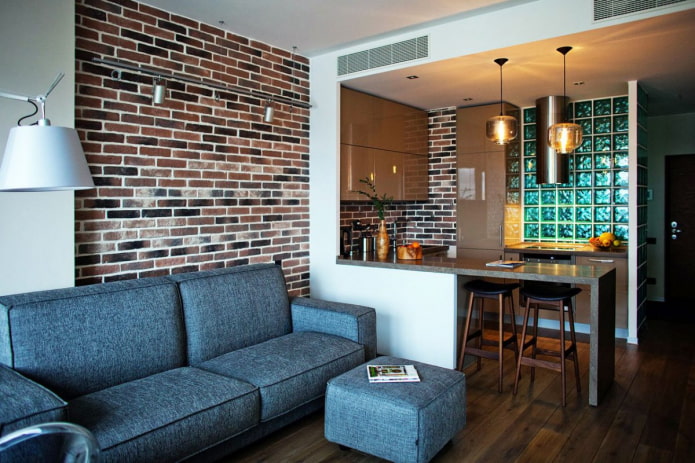
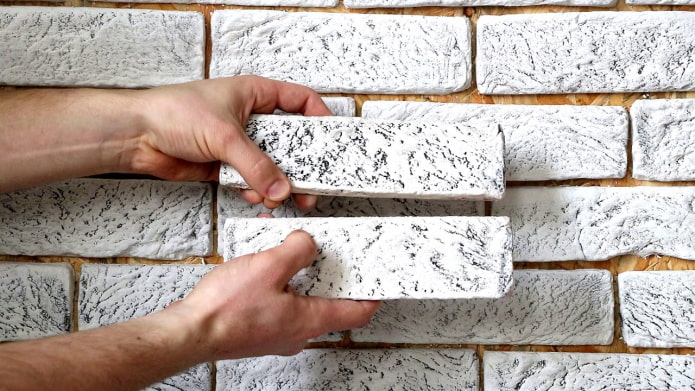
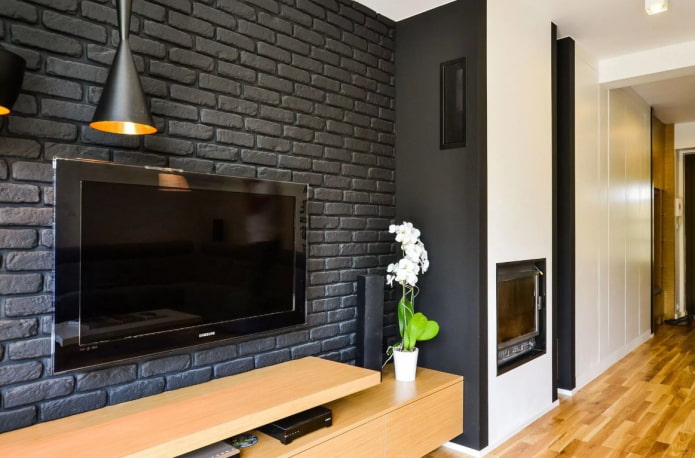
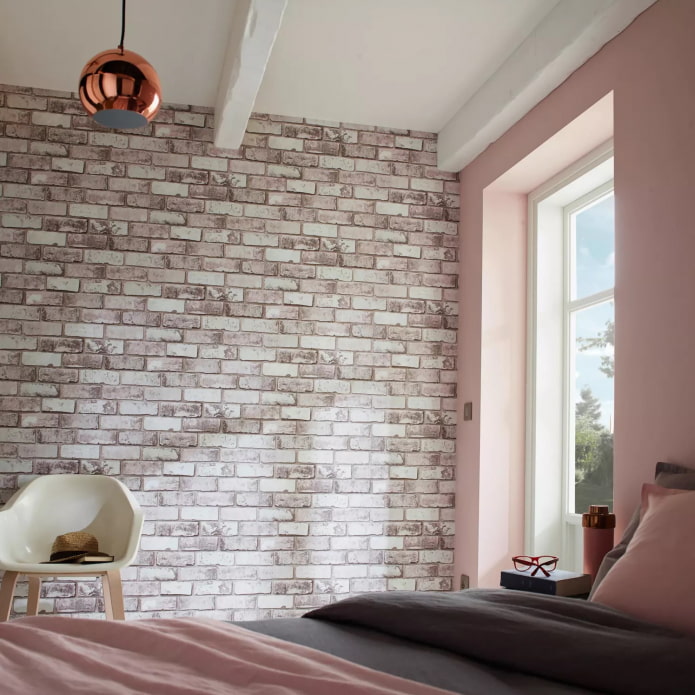

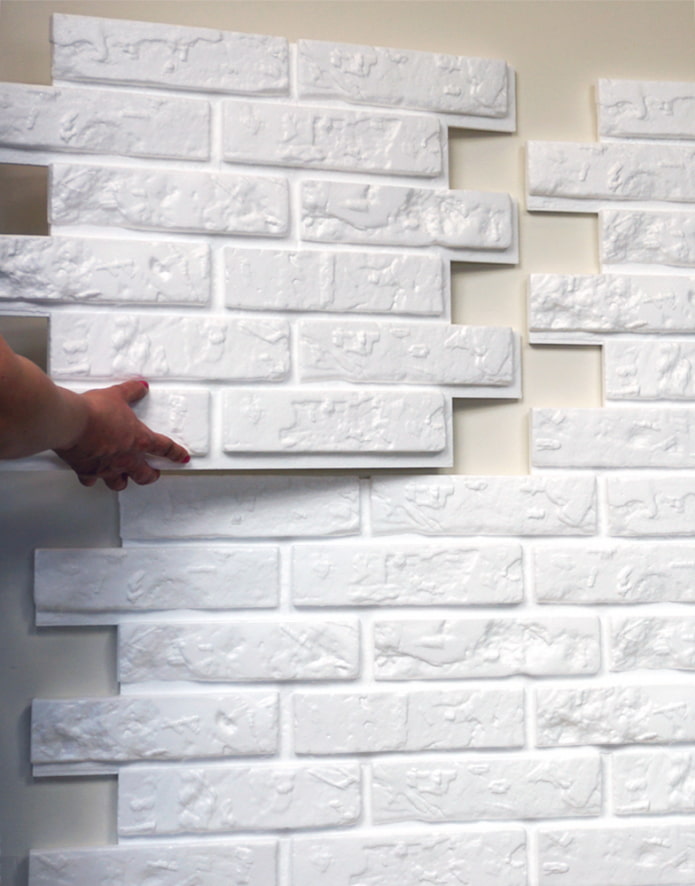
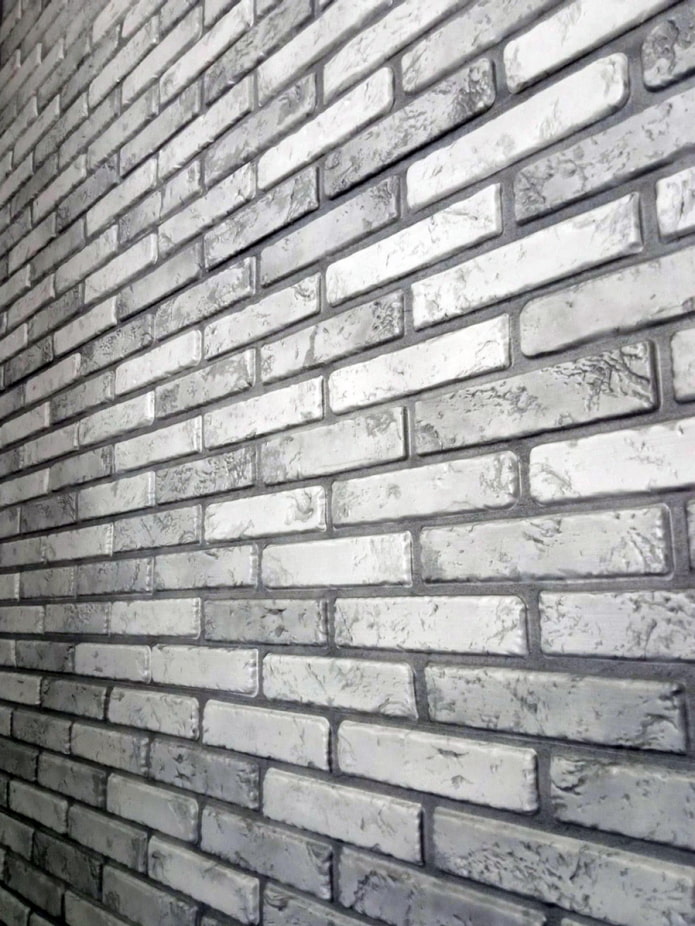
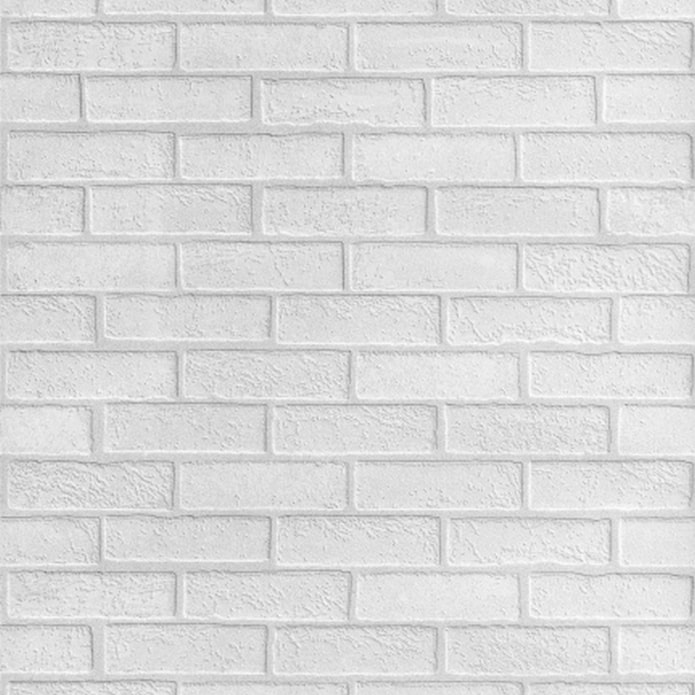
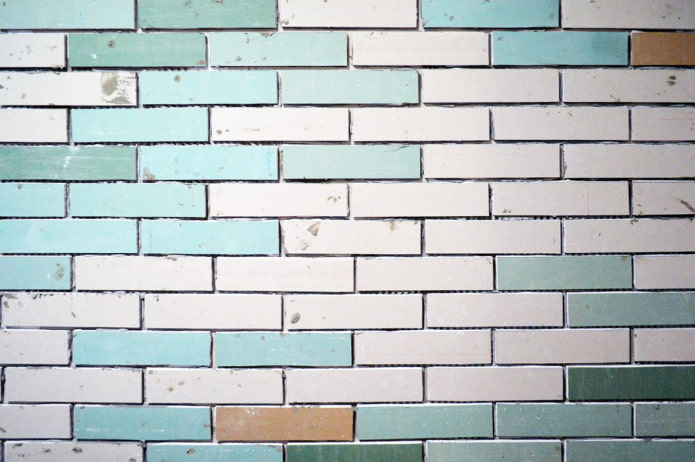
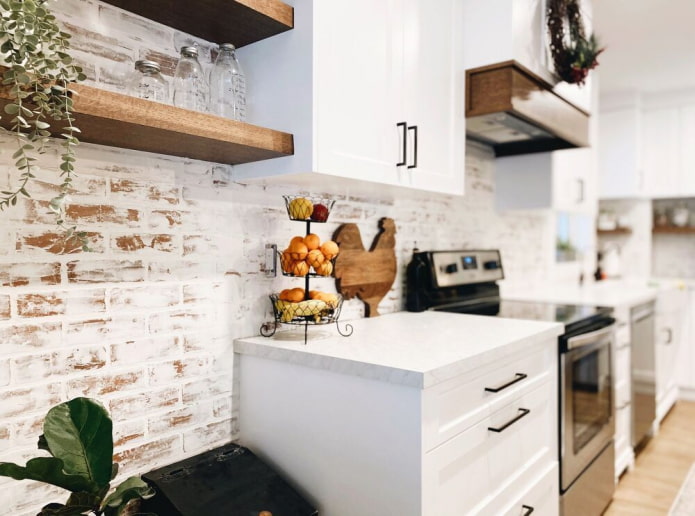
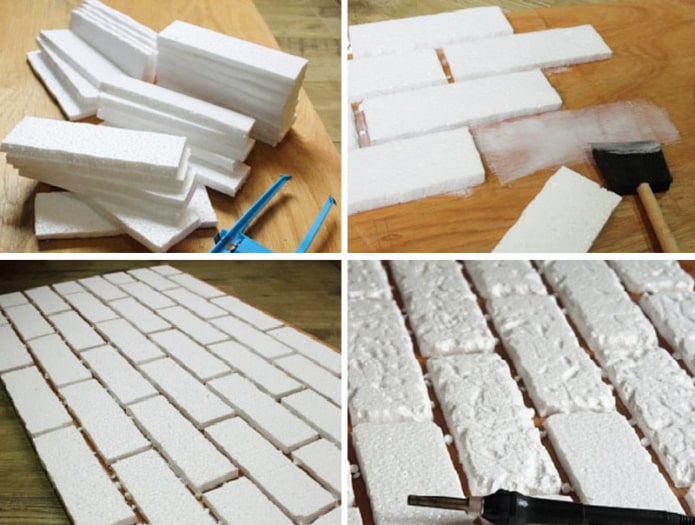
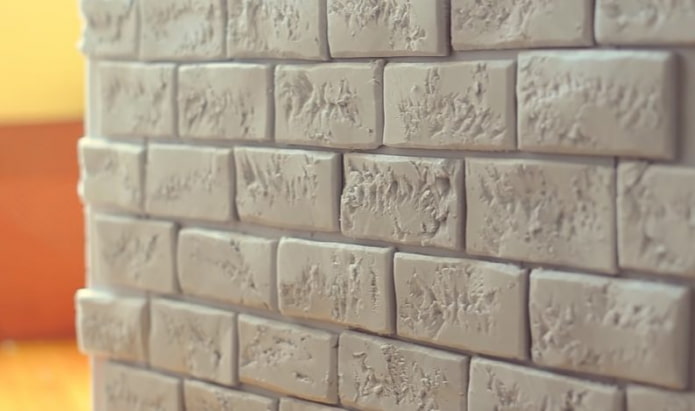

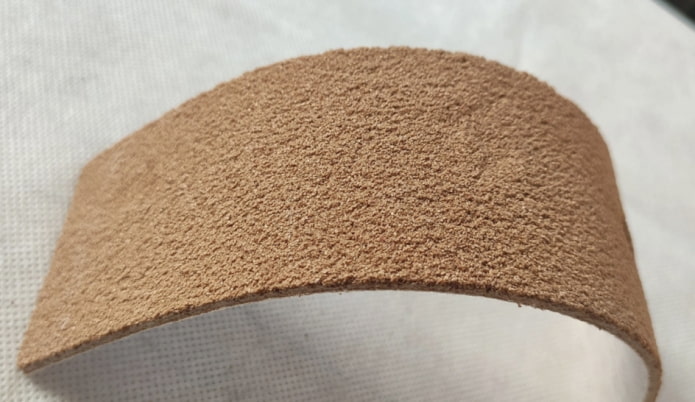
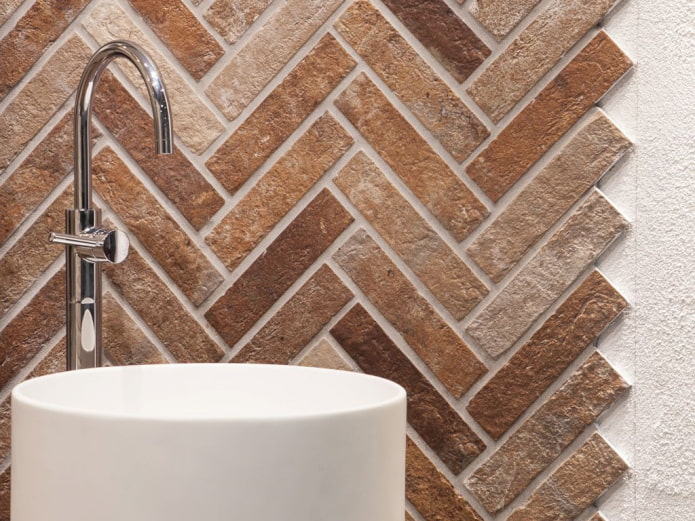
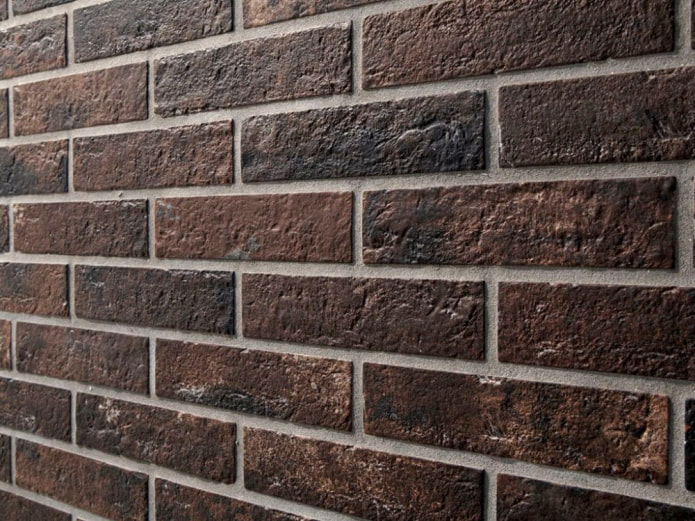


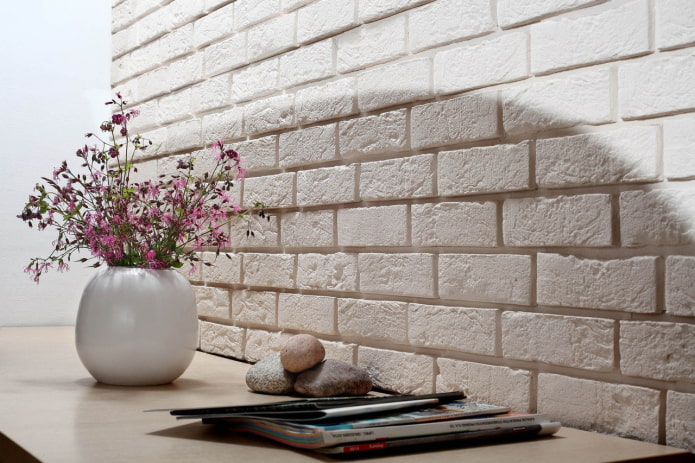
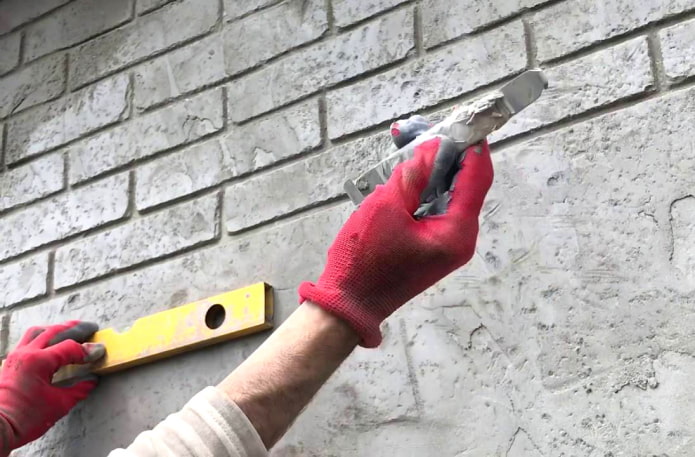

 What is better not to do it yourself during the repair?
What is better not to do it yourself during the repair? Bloated linoleum: how to fix it without disassembly
Bloated linoleum: how to fix it without disassembly The worst decisions in apartment renovation
The worst decisions in apartment renovation  Installation of ceiling tiles: choice of materials, preparation, order of work
Installation of ceiling tiles: choice of materials, preparation, order of work How to glue a ceiling plinth to a stretch ceiling?
How to glue a ceiling plinth to a stretch ceiling? Ceiling plinth for stretch ceiling: types, recommendations for selection
Ceiling plinth for stretch ceiling: types, recommendations for selection